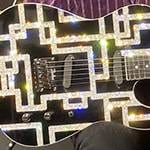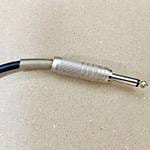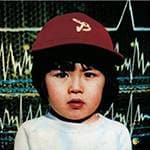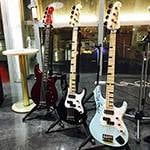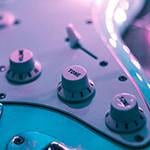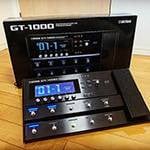NEUMANN is well known as a microphone manufacturer who has produced a number of industry standard microphones such as the U 87 Ai, but in recent years it has also released speakers and other monitoring products. In this article, I will introduce the KH 80 DSP, which has been talked about for its unimaginably good sound from its small body.
NEUMANN / KH80 DSP A G Powered Monitor Speakers
When I had a chance to try them at home, I was so shocked by their sound that I immediately introduced them to the market. I will introduce its features and charms, including my impressions after using it for about half a year.
The NEUMANN demo booth has been completed at Sound House, where you can experience the KH 80 DSP, so I will introduce that as well.
Reproduces dense usable low frequency despite its 4” size
As a product overview, this is a bi-amp powered monitor speaker with a 4-inch woofer/1-inch tweeter. Amplifier output is 120W for the woofer/70W for the tweeter*1, indicating that this is a small speaker with a powerful amplifier.
The frequency response is 53Hz to 21kHz at +/-6dB and 57Hz to 21kHz even at +/-3dB, and as I mentioned earlier, it is characterized by its low-frequency reproduction capability that approaches that of models with 5-inch woofers even though it is a 4-inch woofer. When actually listening to it, a solid, dense, usable low frequency at this unimaginably small size just jumps out at you.
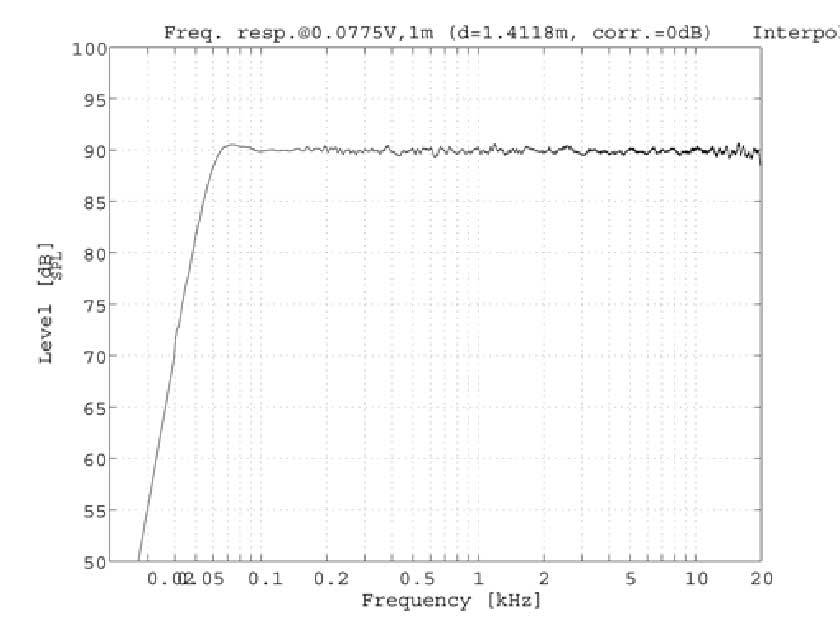
<KH 80 DSP frequency response>
In my home studio of about 6 tatami mats, I had no choice but to choose 5-inch speakers in order to hear the low frequency range, even though I knew they were a little oversized.
However, the KH 80 DSP produces solid low frequency despite its compact size, and I felt that a 5-inch model was unnecessary for home studio monitors if this sound was okay. It allows for greater installation flexibility, and most importantly, it allows for natural-sounding monitoring because it can be played at a volume that matches the speaker's capabilities. Another key point is that the bass is not just adequate, but dense and solid.
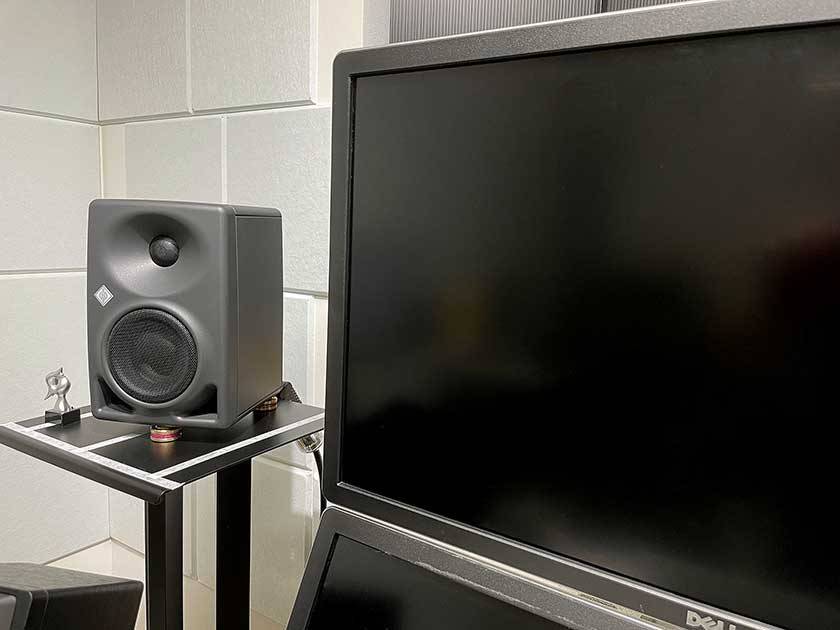
<Compact compared to PC displays>
When I looked for the proof, I found that NEUMANN is proud of its technology behind the design. The sound quality seems to be based on the original computer simulation and the cabinet design in which the sound emitted from the speakers, diffusion, and diffraction are precisely calculated.
The bass reflex port also incorporates proprietary technology, with a high-performance bass reflex port that takes pipe resonance damping into consideration. The unit itself also uses a long-throw bass driver to reduce split vibration, resulting in low distortion even at high volumes. When you listen to it, you will not feel the bass reflex port, and you will hear a well-connected low frequency range as if you were listening to a large sized woofer.
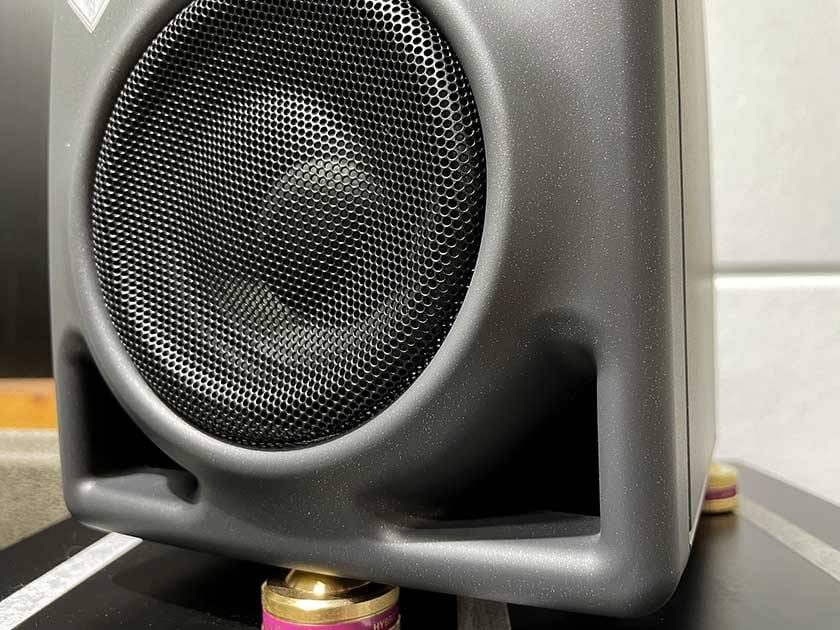
<Long-throw bass driver and bass reflex port>
Although the enclosure is molded from resin, it is robust when you hold it in your hand. It is not just a square box, but it has a three-dimensional curved surface. The value for its price is outstanding, but it is not a cheap product, so I would like you to hold it in your hands and check it out at the Sound House model room or the like.
※1:THD+N with limiter deactivated: 10%
It is as if the sound is coming from out of thin air. The true value of the KH 80 DSP is demonstrated by the calibration function.
The KH 80 DSP can be adjusted to suit the installation location by itself because it has a sound quality adjustment mechanism, but the true value of the KH 80 DSP can be demonstrated by performing calibration. This function measures the acoustic characteristics of the installation location using dedicated software and a NEUMANN MA 1 microphone (sold separately), and automatically adjusts the speaker output sound to match the room characteristics.
While the design of the speaker itself is of course important, the location of the speaker is equally as important. No matter how good the speakers are, they will not sound good if they are not placed properly. The sound quality will change depending on whether the material of the place where the speaker is placed is hard or soft, the distance from the wall, and the material of the wall. The sound of a speaker is also determined by its body and the room it is placed in.
In other words, good sound can not be achieved without a good room. This is the reason why good monitoring is possible in places such as recording studios where the acoustics are excellent.
The calibration function reduces the difference in sound quality due to such an environment considerably. Simply put, you can get good sound at home when placed in a good location such as a recording studio.
The calibration method is simple: Connect the KH 80 DSP and the PC using the dedicated software with a LAN cable*2. Then, connect an audio interface to the PC and connect the MA 1 measurement microphone to the KH 80 DSP. Once the connection is completed, follow the on-screen instructions to measure the signal sound, and a correction will be performed automatically. The correction results can also be fine-tuned manually.
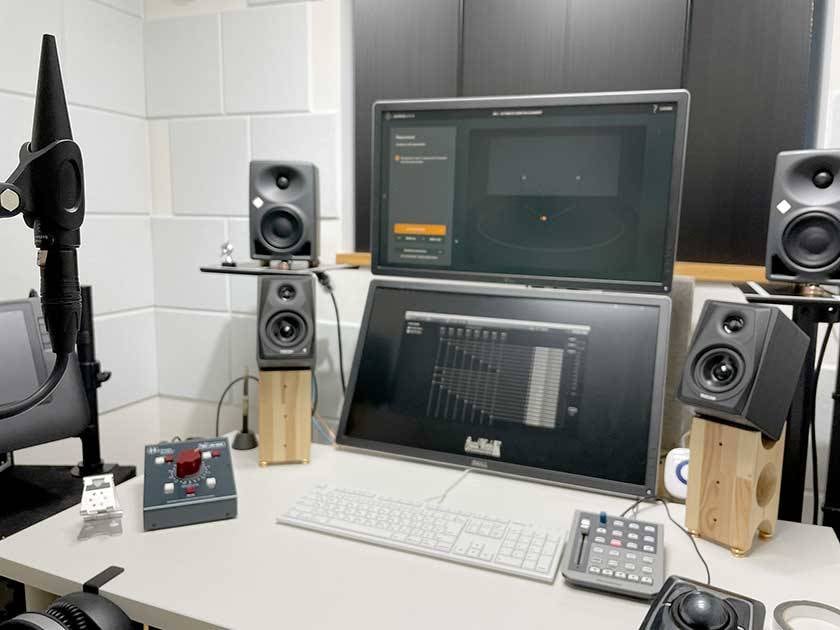
<Measurement, top left: microphone for MA 1 measurement>
Since the correction results are stored into the DSP and then are built into the main body of the KH 80 DSP, the LAN cable can be disconnected after the calibrations have been performed. While other companies' PC calibration systems require a lot of time and effort to operate, the KH 80 DSP performs the correction on the end device, the speaker, making it easy to forget that the correction function even exists.
The sound quality after correction is worth a listen and gives the impression that the sound is coming not from the speakers but from the space. It is as if you are listening to large studio monitors. It is highly effective not only at home but also in special environments such as a demo booth, so please visit our demo booth to experience the corrected sound.
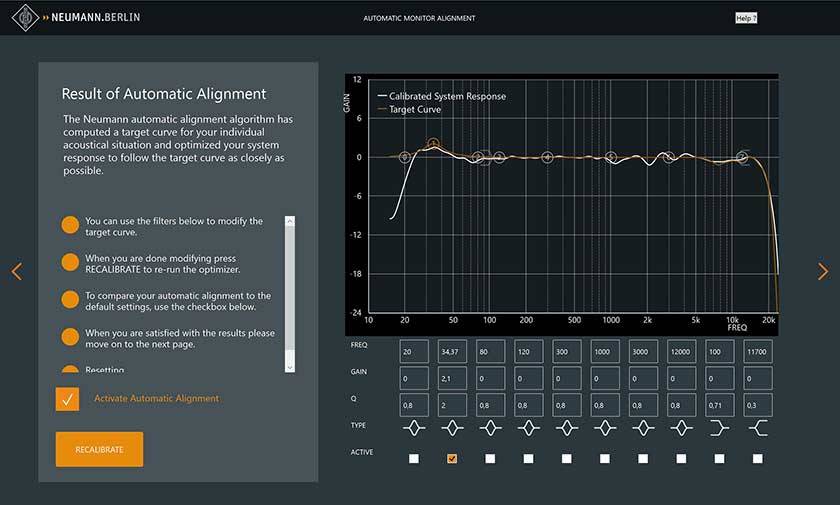
<Corrected results are stored in the main unit DSP>
Note that there is also a product called the Monitor Alignment Kit 2 that includes the KH 80 DSP and the MA 1, so the Monitor Alignment Kit 2 is recommended for future purchasers.
*2: An Ethernet hub is required for connection.
Efficient sound that contributes to speedy sound creation.
My impression after actually using the product is that, firstly, the sound is highly reliable.
Since the sound of KH 80 DSP is not distinctive in a good sense, I have the impression that the sound mixed with KH 80 DSP is very similar to the sound when played back in other playback environments. After mixing, I repeatedly check playback in various environments and reflect the corrected points, but the number of corrections has been reduced. Of course, it depends on the mixing, but the sound mixed well with the KH 80 DSP falls within the acceptable range in any playback environment, and as a result, I am able to finish my work quickly. This is a great advantage for those who are creating sound for their work.
Also, because the sound is louder, I am able to reduce the actual monitoring volume by a factor of two. The sound is louder when you are listening to it yourself, but when you hear it from outside the room, it is quieter than it has been in the past. Please note that this is a sensory value and not a measurement.
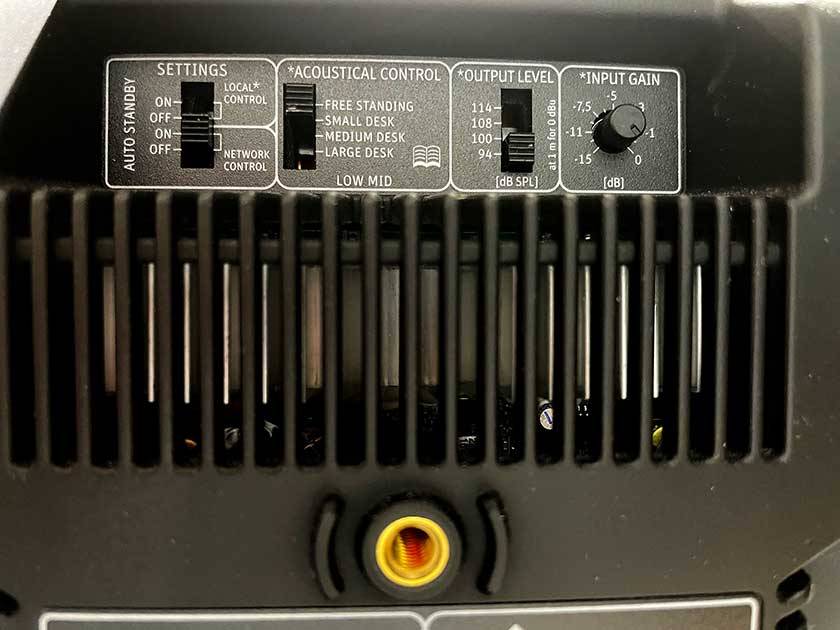
<Adjustment mechanism on the back and power amplifier section>
In general, it seems to be an efficient speaker in many ways. The sound quality, as I mentioned above, is monitor-like, with no coloration in a good sense. However, the sound density is high and has clear contours, making it easy to make good judgments. I feel that this is due to calibration and NEUMANN's own precise design. It is a tighter speaker than it looks in the picture, so please take a look at the real thing.
What did you think of the KH 80 DSP? In a word, I feel that this is the end of my home monitor journey. I have used a variety of speakers and this was the most shocking sound I have ever heard. If you think your current speakers are “just OK,” you should check these monitor speakers out.
The KH 80 DSP is compact at 4 inches, so if you need more bass in your productions, you may want to add a KH 750 DSP subwoofer. It may be a little underpowered in a large studio, but in a home production environment of 6 to 8 tatami mats, it is one of the most promising options. Please experience it for yourself.
Good news for those who want to actually listen to these yourselves! A NEUMANN listening booth has been set up in the Sound House showroom in Narita City, Chiba Prefecture. It is located in the back left corner of the computer music (DTM) room.
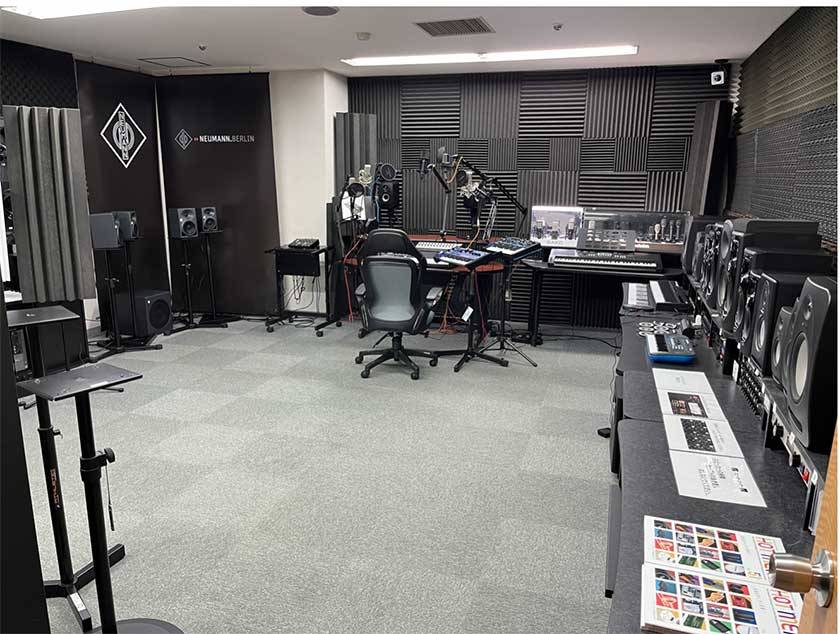
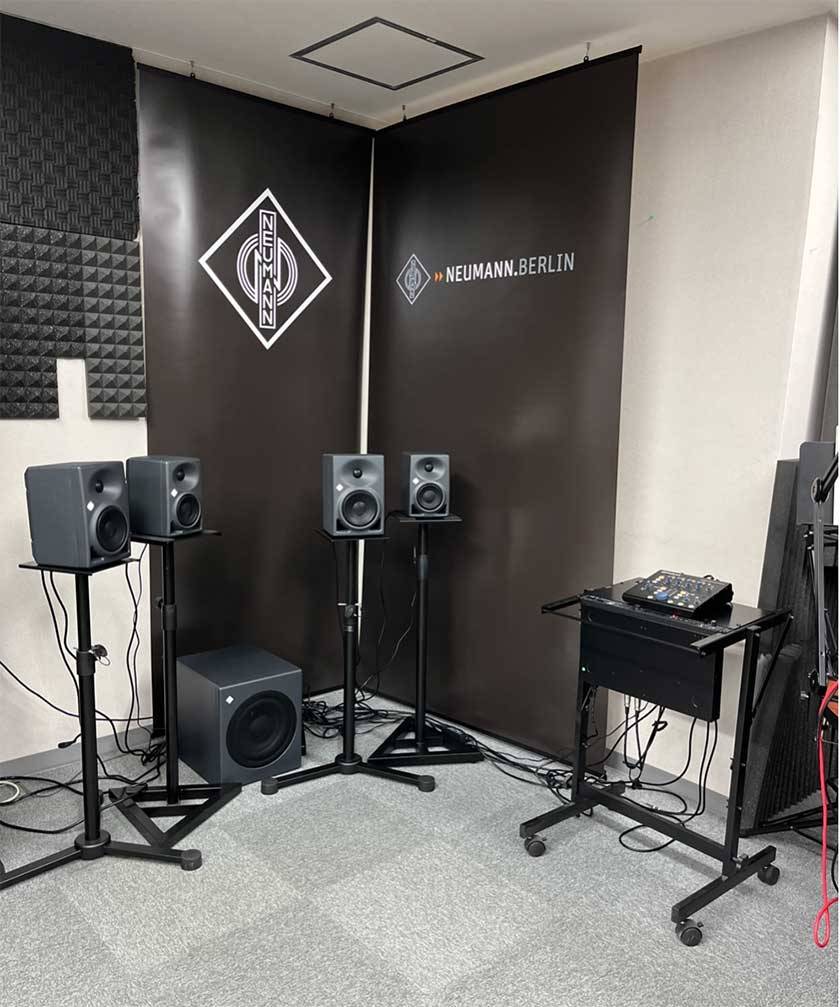
You can compare the KH80 and the KH120+KH750 at PRESONUS/MONITOR STATION V2.
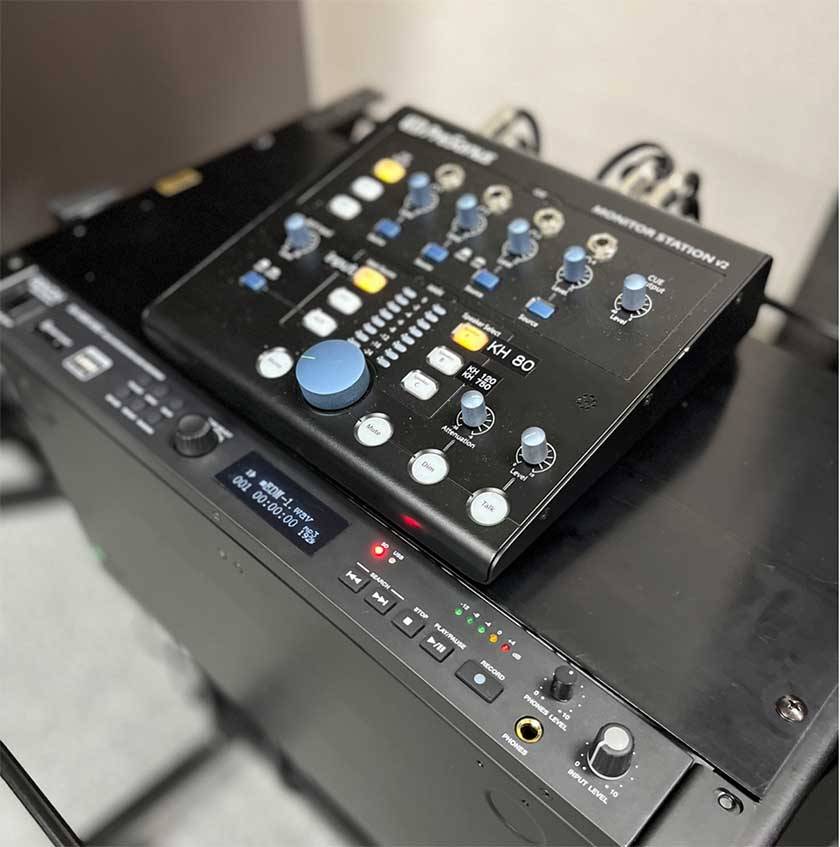
If you are interested, why not go and experience the actual NEUMANN sound?
The “sound & person” column is made up of contributions from you.
For details about contributing, click here.





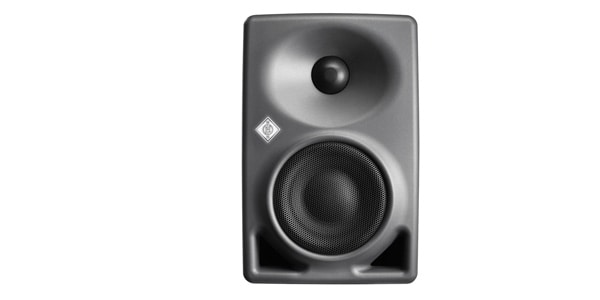

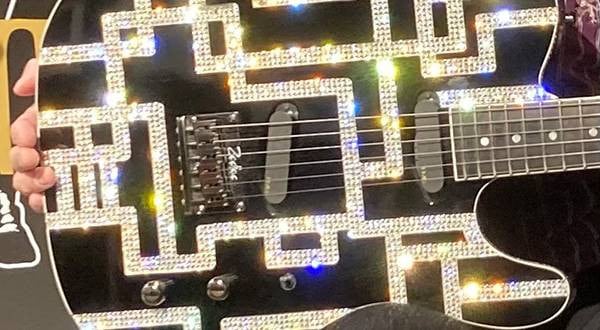
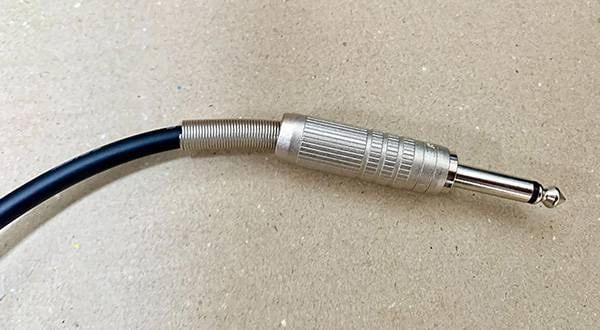

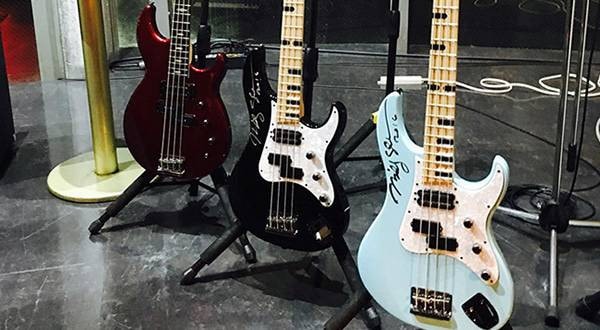
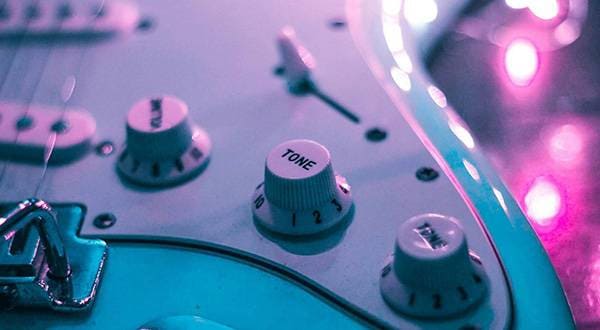
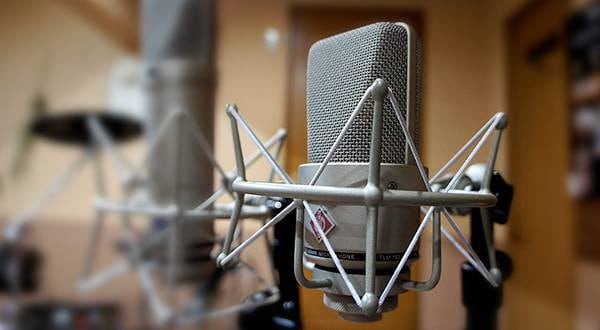
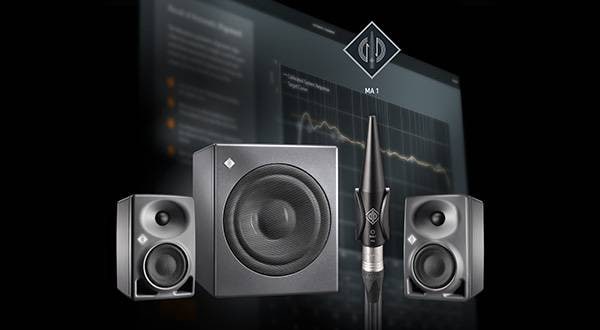
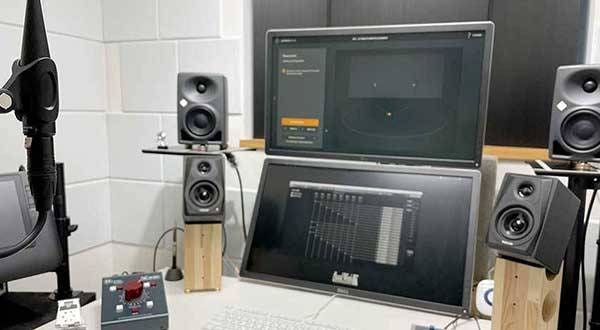
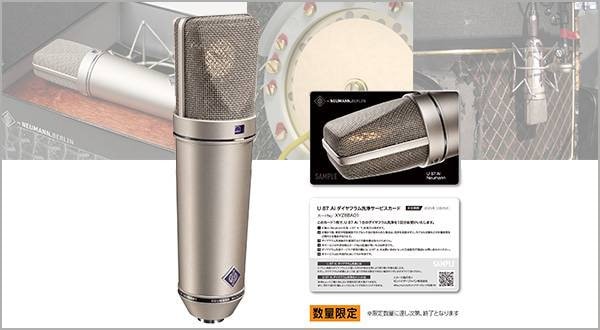
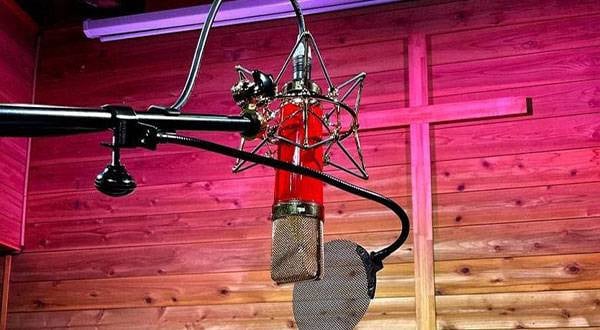
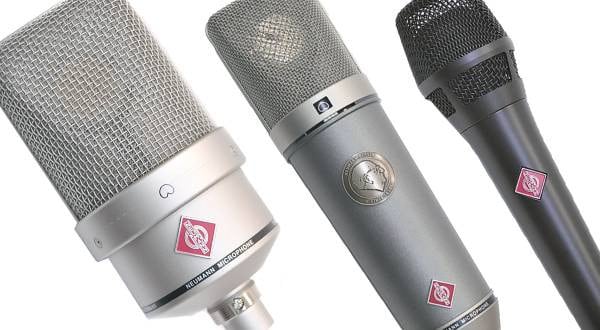
 YAMAHA パワードモニタースピーカー MS101-4
YAMAHA パワードモニタースピーカー MS101-4
 Neumann KHモニタースピーカー
Neumann KHモニタースピーカー
 CLASSIC PRO モニタースタンド特集
CLASSIC PRO モニタースタンド特集
 GENELEC スタジオモニター特集
GENELEC スタジオモニター特集
 スタジオモニタースピーカーを選ぶ
スタジオモニタースピーカーを選ぶ
